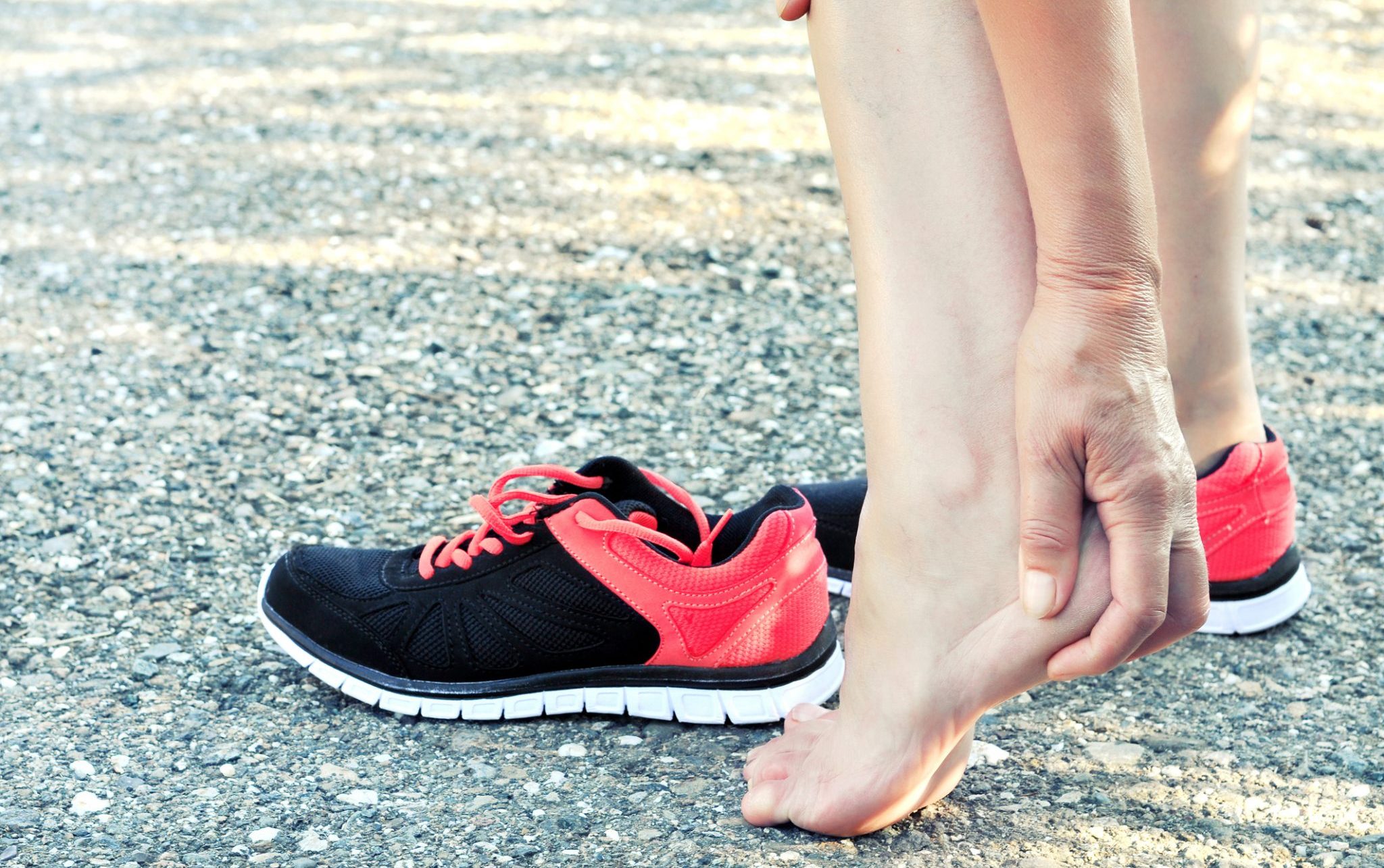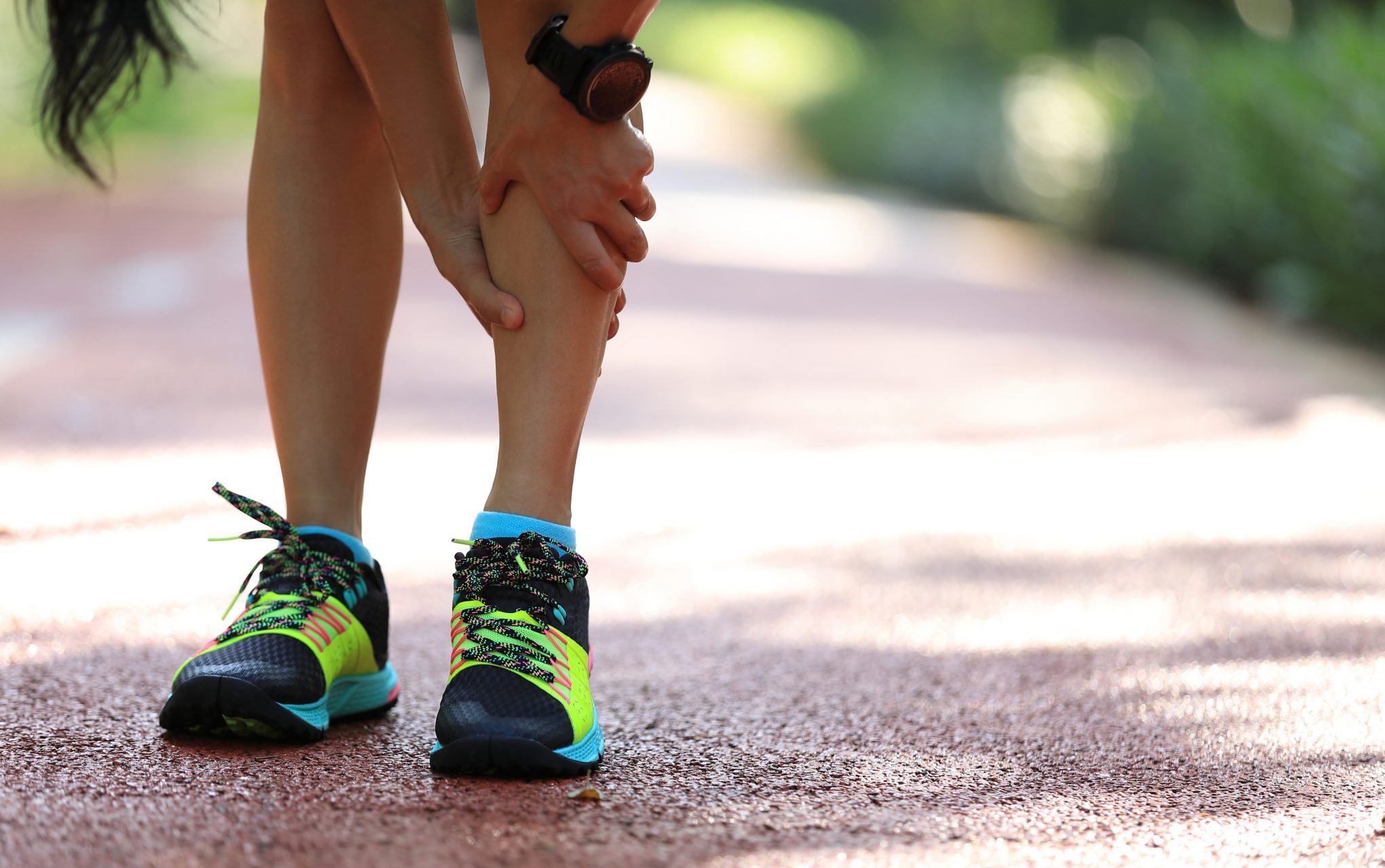How You Can Avoid These Common Running Injuries
Running is easily the most popular way to exercise and tone up. It’s fun, it’s accessible, it’s free! You don’t need a gym membership to get real serious about running. Frankly, all you need is a good pair of sneakers. Oh, and one more thing. If you love the idea of a perfect run and dream of hitting the finish line of the one-and-only Boston Marathon someday, you should learn about the most common running injuries and ways to prevent them.
Types of running injuries
1. Runner’s knee

Among all running-related injuries this one probably takes the cake as the most common. Other athletes may also experience pain around the kneecap, although runners are the most affected by this type of injury. It pops up when you least expect it due to one of these reasons:
- you overworked your knee muscles;
- you forgot to warm up before a run;
- you are a beginner but started out too aggressively.
The injury will get worse if you don’t give your swollen muscles a break and put your training on hold until full recovery. Otherwise, you run the risk of wearing out your kneecap and making the inflammation and pain around the knee much more intense.
2. Plantar fasciitis

Plantar fascia is the connective tissue that runs from your heel to the forefoot. When it’s irritated, it feels as if your foot is bruised, while, in reality, the pain comes from small tears and inflammation of the tendons and ligaments of the foot. It’s most stabbing in the early morning or after a long period of rest. Risk factors for this injury include:
- too much running on hard terrain;
- uncomfortable footwear;
- wearing high heels all the time;
- if you have been diagnosed with flat feet;
- obesity.
Treatment may take up to six months and usually includes rest, massage and stretching of calf muscles. Here you can find out more about the ways to relieve the symptoms of plantar fasciitis or avoid this injury in the future.
3. Hamstring strain

The muscles in between the hip and the knee are called hamstrings. You know something is wrong with them, if you experience constant pain or tightness in the back of your legs when you run which tones down a little if you go at a slower pace. Usually hamstring injuries are the result of:
- a rapid, as opposed to gradual, speed-up in the beginning of your training;
- a failure to strengthen glute and quad muscles;
- a skipped warm-up.
Hamstring strains or pulls are rather difficult to treat and recover from. If you fail to give them enough time to heal with the help of physiotherapy, you run the risk of repeated injury.
4. Shin splints

This injury is characterized by a recurring achy pain along the inner area of the shinbone between the knee and the ankle. We experience this pain more vividly when we start running or jumping. When neglected, the pain worsens gradually and may become unbearable even while walking.
Usually this injury can be blamed on:
- overworking your leg muscles;
- too much intense and frequent exercise;
- weak core muscles and inflexible leg muscles;
- running shoes that lack shock absorption;
- too much up- and down-hill running;
- running on uneven or hard surfaces;
- rapid increase of workout intensity.
Plenty of rest and ice contribute to a speedy recovery from shin splints. Mind that it will take time to work your way up to your previous activity level. Meanwhile you can make sure your sneakers fit the profile of proper running footwear.




